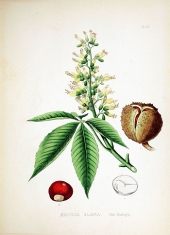I came across a description of Malabar Chestnut (Pachira aquatica Bombacaceae) on the California Rare Fruit Growers website.
CRFG
Does anyone have any firsthand experience with growing this tree? The information I'm finding online seems to geared towards the extremes--either people who are keeping it in a flower pot on their desk, or people with acres of land in the tree's native region. A lot of the information also seems second hand or from people who have just planted one and have not yet harvested any nuts.
I'm located in Southern California/zone 10 in an urban setting. Specifically I'm hoping to find out if it has invasive roots that could impact the sidewalk or a retaining wall, and if it can do ok with less water. I read mixed things about the water--some people say that it does well in drought situations, others say it needs moist soil all the time. Will it survive in full sun? And do the nuts actually taste good? Any information that you have would be helpful. Thanks!









